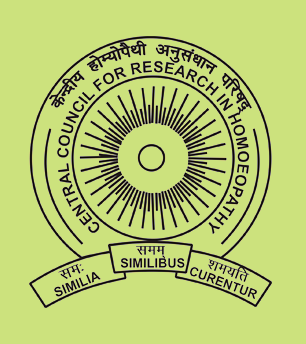Indian Journal of Research in Homoeopathy
Keywords
Bayes' theorem, Credibility, Evidence-based medicine, Homoeopathy, Hypothesis testing, Paradigm
Article Type
Discussion
Abstract
Originally, it was thought that Evidence-Based Medicine (EBM) would supplant decision-making based on intuition or plausibility. Later, it appeared that the gold standard in EBM, the Randomised Controlled Trial (RCT), was not as 'hard' a reference point as had been supposed, and an assessment of credibility was needed. After some decades, 'credible' RCT-centred EBM has led to the dismissal of therapies deemed to be implausible, such as Homoeopathy. Nevertheless, such therapies remain widely appreciated by patients who use them alongside conventional medicine. Nearly two hundred RCTs of Homoeopathy showed no difference in efficacy between Homoeopathy and comparable conventional trials. There is no proof that conventional trials are of better quality and there is no proof of harm by Homoeopathy. However, selective analysis of evidence shows statistically insignificant results, then interpreted as unscientific 'confirmation' of the hypothesis that Homoeopathy is a placebo. As a result, the use of Homoeopathy instead of antibiotics in acute respiratory tract infections has been discouraged, despite the absence of evidence of the efficacy of antibiotics for this indication and an established risk of harm. Complex statistical interpretations of RCT evidence lead to impractical and even harmful advice. Credible proof is actually based on many subjective (often continuous) variables. As an endpoint for EBM, Bayesian probabilities, based on more than RCT evidence, would provide a more practical and personalised type of advice for patients, and would develop the diagnostic process into a prognostic framework, offering alternatives if one particular solution was to fail.
Digital Object Identifier
10.4103/ijrh.ijrh_64_19
Publisher
Wolters Kluwer India Pvt. Ltd.
How to cite this article
Rutten L. Proving non-conventional methods: A paradigmatic paradox. Indian J Res Homoeopathy 2019;13:192-203. doi: 10.4103/ijrh.ijrh_64_19


